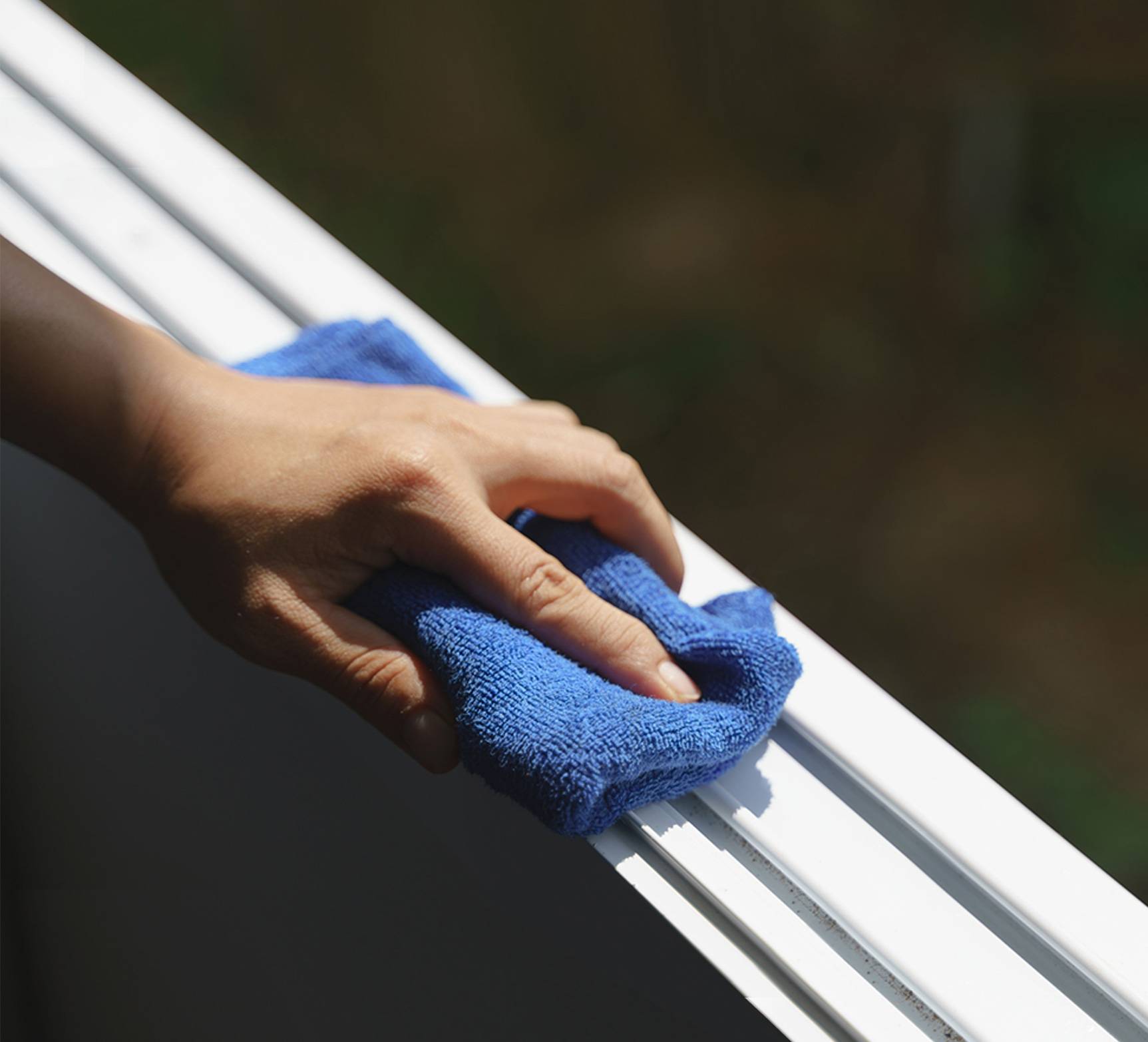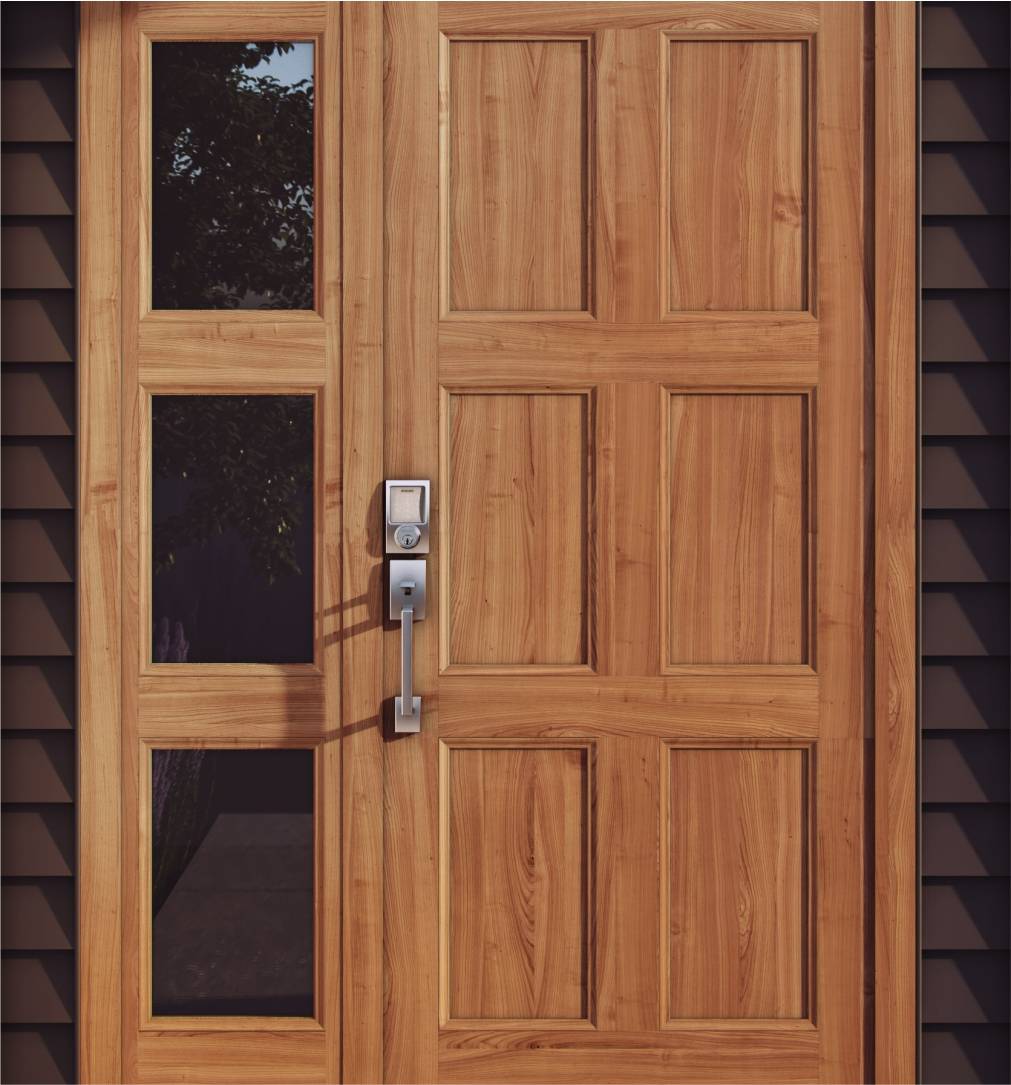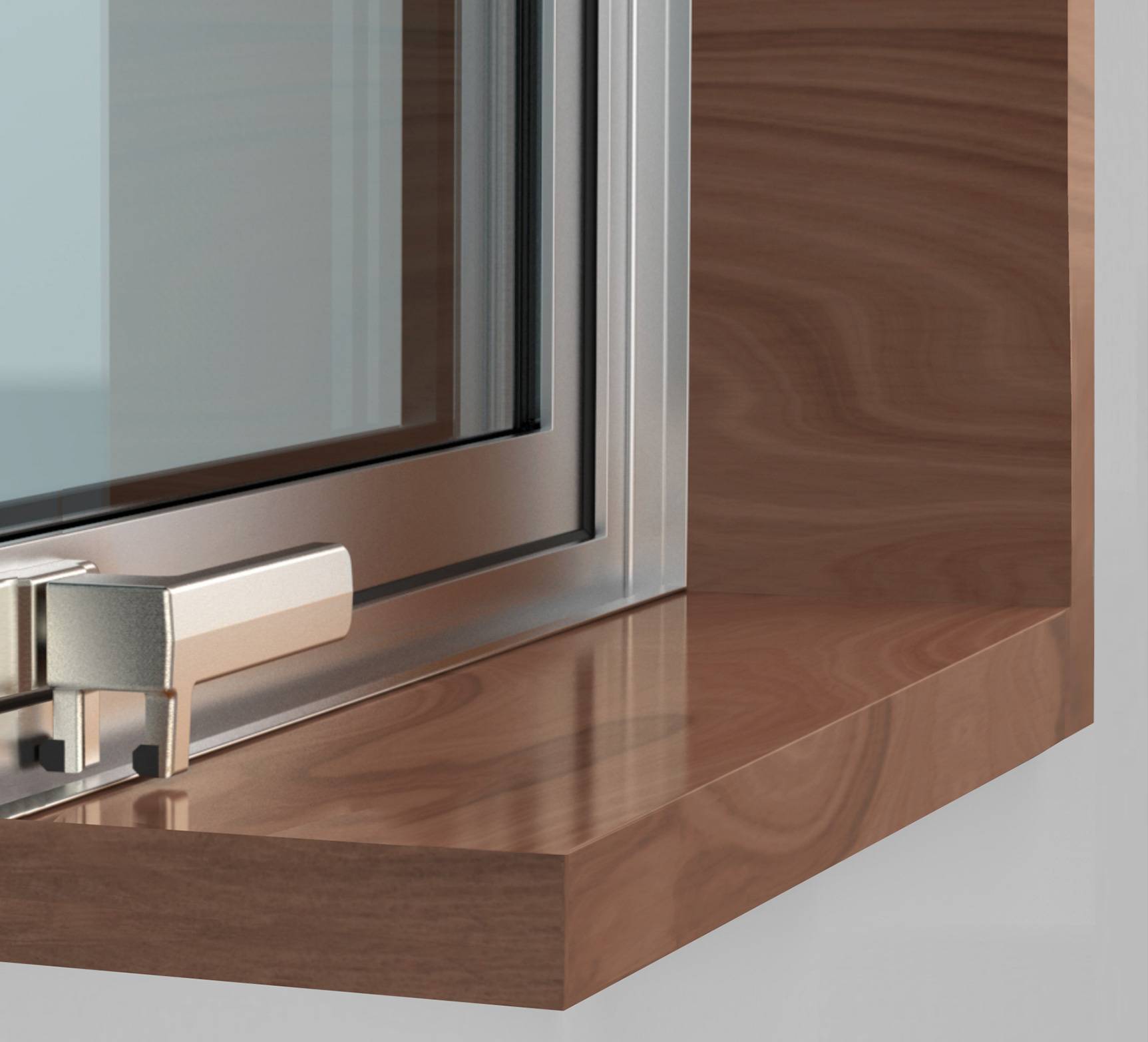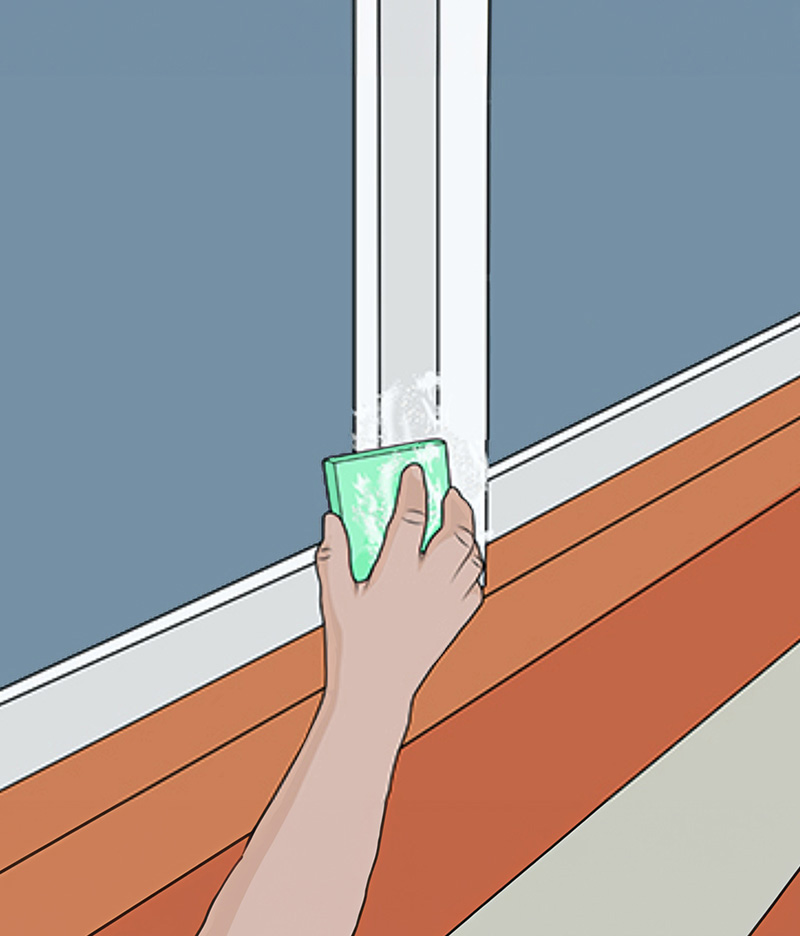CARE & MAINTENANCE
We have decades of experience producing windows, doors and cladding that work well in New Zealand conditions. We’ve done most of the hard work for you already but there are a few things that you can do to ensure your windows and doors stay in optimal condition. All it takes is a little regular and easy maintenance.

Joinery
Maintain your aluminium windows and doors by washing them regularly. Remember aluminium joinery is LOW maintenance, not NO maintenance.
WHAT TO USE
Use a mild soap, warm water and a quality soft-bristled brush or cloth. Dishwashing liquid is always handy and works well. Simply wash the entir e frame with soapy water, rinse with clean water and dry to avoid streaking.
WHAT NOT TO USE
Never use solvent cleaners as they can damage the powder coating on your windows and doors. Common solvents like petrol, acetates, thinners and Methyl Ethyl Ketone (MEK) ar e very damaging, including Jif. Highly acidic, alkali and many common household solvent or alcoholbased cleaners are also not recommended.
How often to clean
- Coastal - every 3 months
- Geothermal - every 3 months
- Industrial - every 3 months
- Rural - twice a year
- Residential - twice a year
WARNING
Paint Splashes, Sealants, Concrete and Mortar
After first testing a non-visible area, remove paint or sealant splashes with a cloth soaked in methylated spirits. Spirit must be washed off immediately with soapy water after use. During construction concrete and mortar splashes can damage your joinery.
Sunscreens
It is important to note that sunscreens containing Zinc or Titanium oxides, will damage the powder coat surface of your joinery over time. It is recommended that the joinery which has come into contact with sunscreens, either during construction or in general, is cleaned with soapy water and then rinsed clean immediately.

Hardware & Entry Doors
Typically hardware and entry doors come with a powdercoat finish see Care & Maintenance for powdercoating. Remove the protective film covering from new entry doors.

Stainless Steel
Although stainless steel is very resistant to corrosion, factors exist that cause it to stain or discolour which can impact on the overall look.
DISCOLOURATION
Remove any discolouration immediately or discolouration and pitting of the surface can become permanent. In most cases, if attended to immediately, the product can be restored to its original condition.In coastal or caustic environments stainless steel finishes may tea stain if not washed regularly to remove salt. Cleaning involves washing with a fresh, low chloride water or washing with a neutral detergent followed by rinsing with clean water. If products are not regularly washed, pits may develop and the surface may be permanently damaged.
Most discolouration can be removed with a mild cleanser or a specialist stainless steel cleanser and a non-scratch cleaning sponge or cloth. Apply clean water with the cleaning sponge and rub gently. If the mark does not shift, apply the specialist stainless steel cleanser and rub gently. An old toothbrush can be used to get into any difficult areas. The surface should then be thoroughly rinsed with clean water and buffed with a soft cloth
WARNING
NEVER rub across the grain as the finish may be spoiled, the stainless may lose its shine and the finish may pull threads from the cloth which may be difficult to remove.
NEVER use steel wool to clean stainless steel. Steel wool is usually made from carbon steel and the fragments left behind, as well as scratching the surface, will rust onto the stainless steel surface causing further damage. If a scourer is to be used, use a plastic scourer or a stainless steel wool scourer.
NEVER use steel wool to clean stainless steel. Steel wool is usually made from carbon steel and the fragments left behind, as well as scratching the surface, will rust onto the stainless steel surface causing further damage. If a scourer is to be used, use a plastic scourer or a stainless steel wool scourer.

